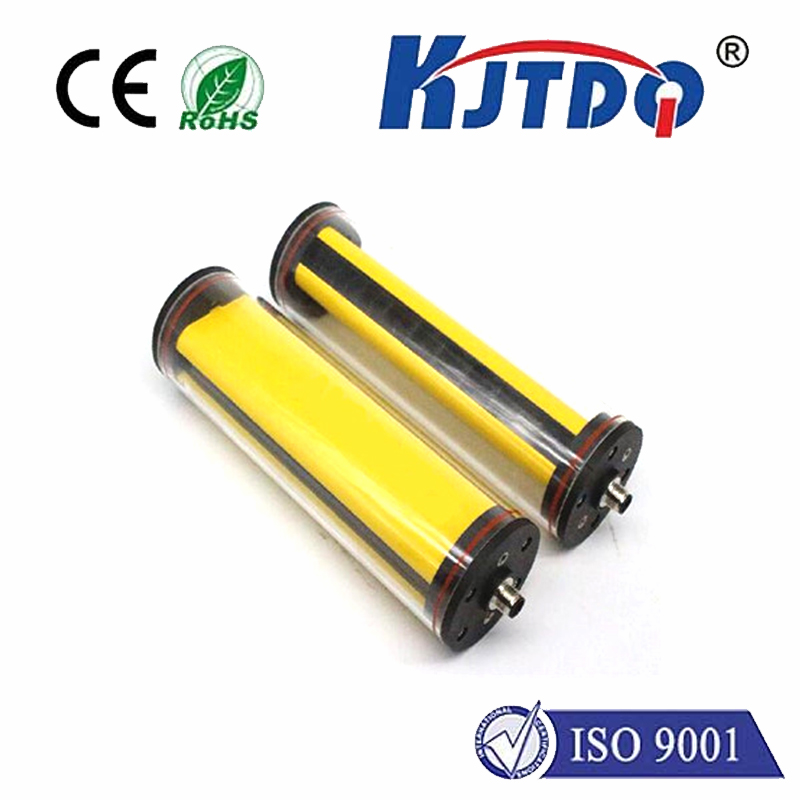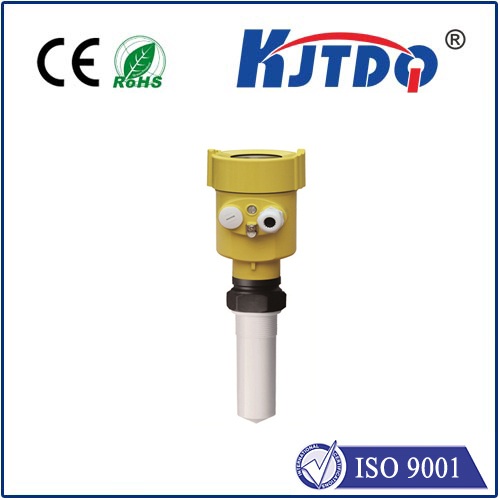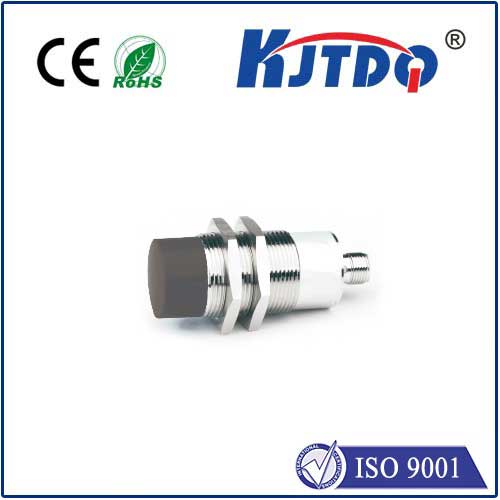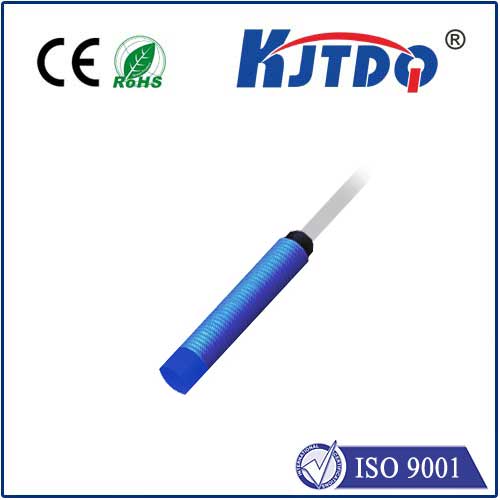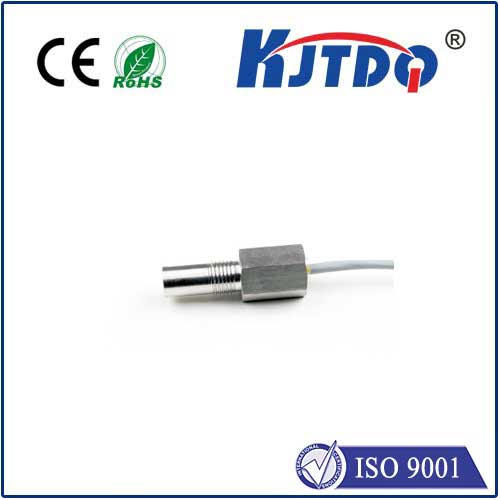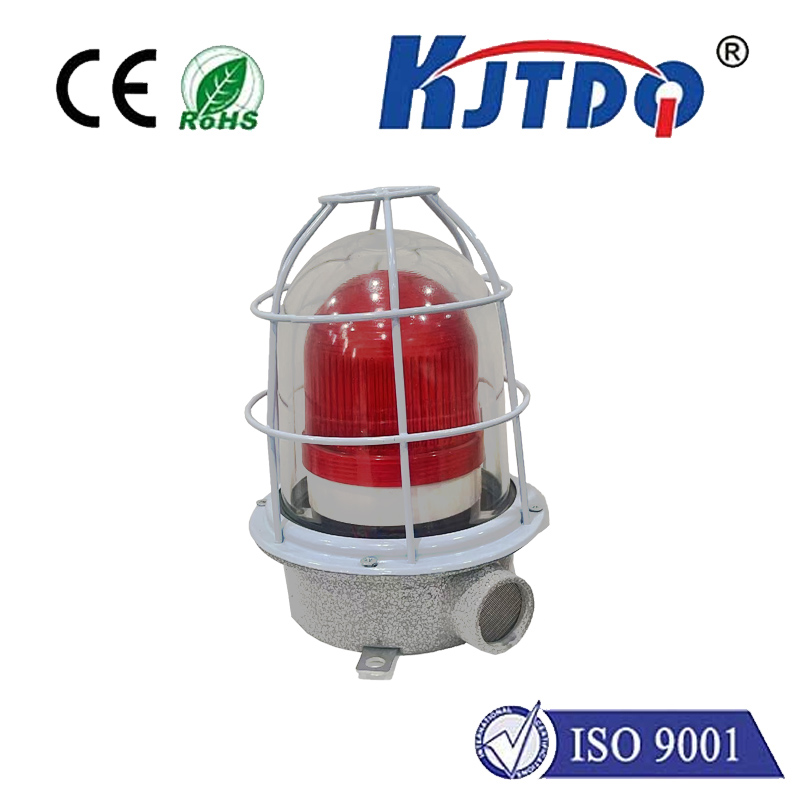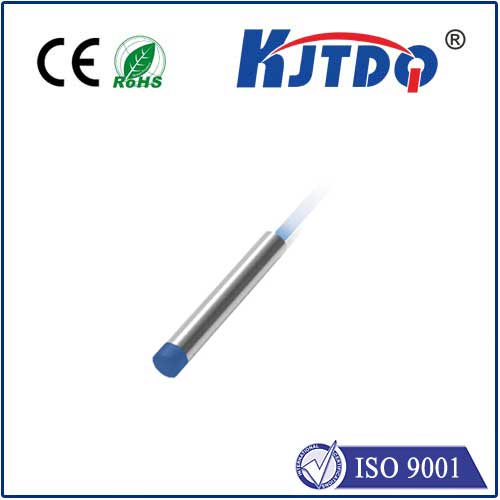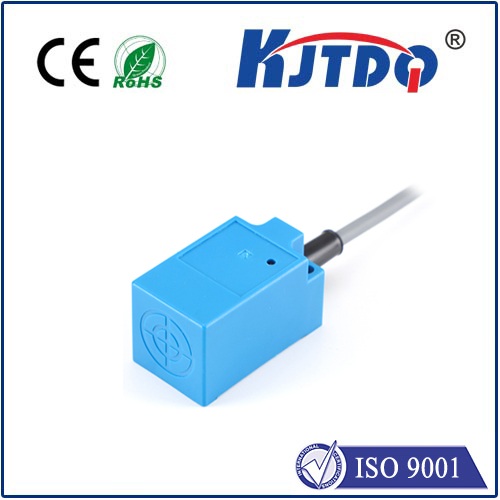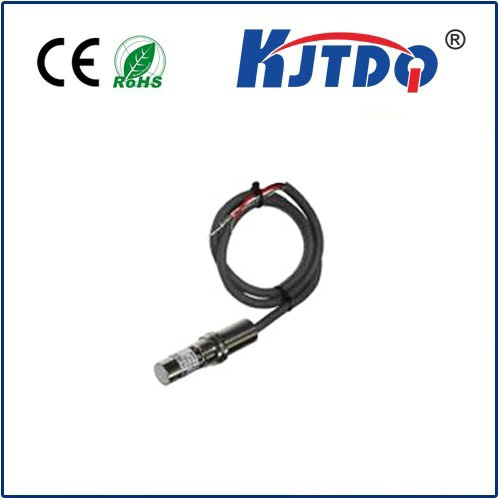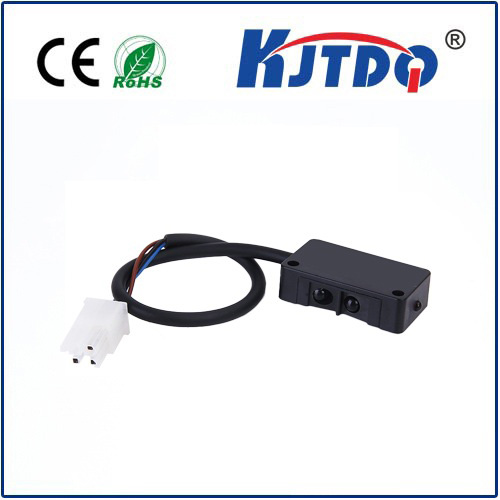
check

check

check

check
Title: Understanding the Concept of Whisker Limit Switch and Its Applications in Robotics
In the field of robotics, the concept of whisker limit switch is a crucial element that plays a vital role in ensuring the safety and reliability of robots. Whisker limit switches are also known as "whiskers" or "microswitches" and consist of thin, hair-like structures that change their shape when pressed against a surface. This allows them to detect contact and provide feedback to the robot's control system. In this article, we will explore the different aspects of whisker limit switches, including their structure, function, and applications in various types of robots.
First and foremost, it is essential to understand the basic structure of a whisker limit switch. Unlike traditional mechanical switches that use physical contacts to transmit information, whisker limit switches use a thin layer of material called a "whisker" that changes shape when pressure is applied. When the whisker is pressed against a surface, it creates an electrical signal that can be detected by the robot's control system. The strength and duration of the pressure required to make the switch activate can vary depending on the specific design of the whisker limit switch.
One of the significant advantages of whisker limit switches over other types of switches is their high level of sensitivity and accuracy. They can detect even small variations in pressure or touch, making them ideal for use in applications where precise control is necessary. Additionally, whisker limit switches do not require any physical contact with the object they are sensing, which makes them particularly useful in environments where contamination or damage could pose a risk to the mechanical components of traditional switches.
Another advantage of whisker limit switches is their ability to operate in a wide range of temperatures and environmental conditions. They can handle extreme temperature fluctuations, vibration, and shock without failing, making them suitable for use in harsh industrial settings. Furthermore, whisker limit switches are relatively simple and cost-effective to produce, making them an attractive option for many robotics applications.
Despite their many advantages, whisker limit switches do have some limitations. One major challenge is maintaining accurate performance over time and under varying conditions. As with any mechanical component, exposure to moisture, dust, or other contaminants can affect the effectiveness of whisker limit switches, leading to errors in sensor readings or reduced lifespan. To overcome this limitation, engineers often employ protective coatings or incorporate cleaning protocols into their designs to maintain optimal performance.
In terms of applications, whisker limit switches are widely used in various types of robots, including industrial automation systems, collaborative robots (cobots), and medical devices. For example, cobots equipped with whisker limit switches can be used for tasks such as assembly line work or patient care, while medical devices such as prosthetic limbs rely on whisker limit switches for accurate touch detection and control. Other potential applications include autonomous vehicles, drones, and search and rescue robots.
In conclusion, whisker limit switches are a crucial element in the design and operation of robotic systems. Their unique combination of sensitivity, accuracy, durability, and simplicity make them an attractive choice for many applications. However, like any mechanical component, they must be designed and maintained carefully to ensure optimal performance and longevity. With continued research and development, it is likely that whisker limit switches will play an increasingly critical role in shaping the future of robotics and automation.
